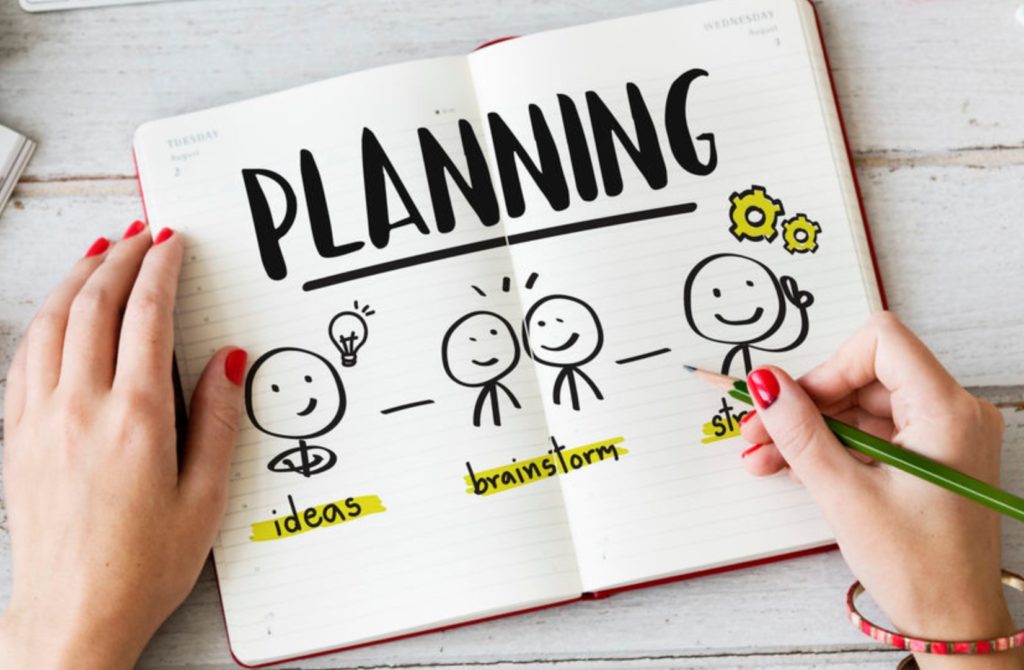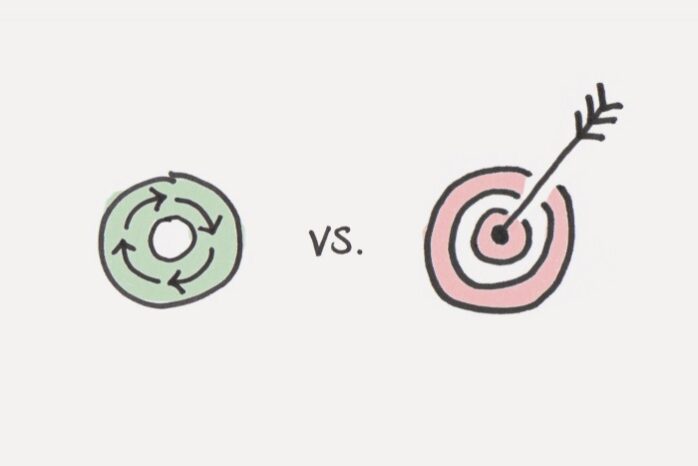
As an investment strategy, purchasing property stands out as one of the best options to go with, for several reasons. Not only is it looked upon as much more secure in the long run, due to it is a physical investment in a typically stable market (as opposed to an investment in virtual shares of fluctuating stocks, which can be quite volatile), but it can be a major keystone in any healthy portfolio, bolstering finances for years to come.
However, despite these positives, as with any other investment strategy, there are risks associated, and things to take into consideration before jumping in.
Are you thinking of purchasing and investing in a property to make a long-term, successful addition to your financial portfolio? Get yourself prepared with this checklist, highlighting some of the most important and key factors to consider along the way.

1. Make sure you’re financially prepared
The first step that you should make sure is covered before jumping in headfirst to investment is getting all of your prior commitments in order financially. While there are a huge number of affordable properties for beginners, if looking in the right places, it is still a large responsibility, and so you need to make sure that it’s the right thing for you.
If you haven’t got a sufficient level of capital available to be able to pay a deposit outright on a property, that doesn’t mean that you can’t invest. Some companies will accept a buy to let mortgage, which may be something that you could look into if you still wanting to invest. This is ostensibly very similar to a standard mortgage on a property.
Many companies feature tools online, such as mortgage calculators and more, to help you decide whether this is a feasible route to go down.

2. Make sure you have a clear goal in mind
Sure, following a checklist will help you to make sure you do not forget something major when jumping into your investment. Still, you also need to think about making a personal checklist, and thinking about some of the things exclusive to your situation that could affect your investment strategy. This could include bills that you have to handle, family commitments, etc.
Remember, property investment is usually a long term affair, and your capital will be tied up for long periods where you won’t be able to access it. So if you put all of your money into the ordeal and leave yourself with no backup funding, you might struggle if something comes up that you need to pay for.
Luckily, as mentioned earlier, one of the many benefits of property investment over other investment methods lies in the fact that when letting out to a tenant, you can make rental income to recoup some of the costs, giving you that financial buffer should you need it.
On the subject of long term, you should also sit down and figure out a clear financial goal that you want to achieve, and forge a clear path for the future. This will help to stop you from getting lost along the way with your investment, and aid in ensuring that every step you take is working towards that same goal that you’ve set for yourself. Happily we leave in the era where we have so many possibilities to invest our money in. Sometimes you will succeed and sometimes you will not. One thing you must know, you should never back down. See this page for some great possibilities of investing.
Source: James Clear
3. Figure out the type of property that you want to invest in
There are a ton of different property types available out there on the market, depending on what sort of investment strategy you want to go with. This ranges from traditional detached, semi-detached and terraced houses, to student property within cities across the country, and even hotel or retirement home investments! Each of these has its pros and cons, so it depends on which you think you’d prefer.
Currently, student property is extremely popular among investment experts. This is due to its relatively affordable nature (when compared to some of the other property types), matched with its growing house price average and the high average rental yields – which are some of the best available.

4. Decide on the right area for your investment
Knowing the right type of property is only half the battle when choosing an investment if you don’t go to the right area. You need to make sure that your property is seated in a place that has surrounding regeneration, popularity, and longevity. If looking at student property, for example, highlighted in the previous step, you might want to look towards somewhere like Liverpool, a city with a steadily increasing student population thanks to its many prestigious universities.
Tip – Unsure on the type of property that you want to invest in, or even the area that you think might be the most lucrative? Why not get in contact with and consult a professional, or even take a look at some of the market projections and guides that are available currently. One of the many benefits of investing in the modern day is that you have a ton of different technologies and projections (more accurate than ever before) at your disposal, so make sure that you’re using them to your advantage.
RWinvest, a UK property investment company with offerings in cities throughout the country, have a range of different guides on their website, providing a ton of information on hotspots looking forward to 2024 and beyond into the future. This includes tips on again Liverpool, Manchester, London, and Edinburgh, just to name a few of the most popular spots.

5. Forging a solid plan for your secondary income
Once you’ve established a solid, consistent secondary income stream from your buy to let property, and you’re happy with the investment you’ve made, you shouldn’t rest on your laurels. Instead, funnel some of this profit back into new investments and savings, in order to further yourself financially even more. Perhaps you could allocate this money into a new account primarily for this purpose, to ensure it’s untouched.












